What is 304 Stainless Steel?

What is 304 Stainless Steel?
A common question: what is 304 stainless steel? Let’s dive into the world of this metal without getting too scientific. Imagine this: if stainless steel were a family, 304 would be the overachiever everyone talks about at family gatherings.
Known as 18/8 steel, this mix is not just any old blend. It’s the perfect cocktail of at least 18% chromium and 8% nickel content, whipping up a concoction of qualities that make it the gold standard.
304 stainless steel is the full package: high tensile strength, beauty, and a personality that makes it a hit in any setting. What is 304 stainless steel’s superpower? Here’s what it brings to the table:
- Looks to Kill: With its excellent corrosion resistance and that classic stainless shine, 304 is the George Clooney of metals—ageing like fine wine and always ready for a close-up.
- Low Maintenance: Easy to clean and simpler to maintain than a cactus. A little soap and water, 304 keeps its sparkle.
- Welding’s BFF: While other stainless steels clash with welders, 304 is all about making connections. It’s a favourite for crafting those smooth joins.
- Heat’s Old Flame: When things heat up, 304 doesn’t sweat. It has better heat resistance to elevated temperatures than its stainless siblings, keeping cool when the kitchen’s on fire.
- Impervious Surface: The non-porous surface is the perfect choice for commercial kitchens with food safety in mind.
- Class Act: Beyond its toughness, 304 brings an air of sophistication and style, proving that durability can walk hand in hand with elegance.
Why We Love 304 Grade Stainless Steel
Strong Corrosion Resistance
304 stainless steel’s chromium content makes it amazingly resistant to rust and oxidation. This means it can take on a wide variety of acidic foods, cleaners, and even the odd splash of vinegar or lemon juice like a champ. So, if you’re setting up shop in a busy kitchen, 304 is your go-to pal for counters that stay shiny and new, even when the going gets tough.
Strength and Durability
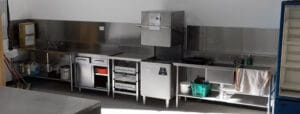
Hygiene and Cleanliness
Let’s talk about cleanliness, because in a kitchen, hygiene is non-negotiable. The non-porous surface of 304 stainless steel means bacteria and germs have nowhere to hide. A quick swipe with soap and water, and you’re good to go, keeping your kitchen spotless and your food safe.
What is 304 Stainless Steel Commonly Used For?
Being the ultimate food grade surface, 304 stainless steel can be found in every corner of our world, from the most intricate surgery tools to the bench you relax on at the park, proving time and again why it’s the MVP of metals.
- Kitchen Equipment Commando: From gleaming appliances and chef-worthy cookware to surfaces that laugh in the face of spills, 304’s ease of cleaning and rust resistance make it the king of the culinary castle.
- Food Processing Pro: In the world of food and drink production, 304 is the guardian of flavour and hygiene. It’s the go-to for equipment that keeps your food safe and tasting exactly as it should, all while being easy to clean.
- Architectural Ace: Fighting off environmental corrosion like a superhero, 304 is the architect’s first choice. Building facades, stylish door frames, and sleek windows all get their enduring shine and resilience from this steel wonder.
- Chemical Container Champ: Tanks and pipes in the chemical, dye, and paper sectors rely on 304 for its chemical resistance.
- Automotive and Aerospace Ally: When it comes to parts that need to withstand rust and oxidation without batting an eyelid, 304 stainless steel takes the driver’s seat in the automotive and aerospace industries.
- Medical Equipment Marvel: Sterilisable without a hint of resistance to corrosion, 304 makes the cut for medical instruments, surgical tools, medical devices and everything in the healthcare world that demands spotless sanitation.
- Water Warrior: For water and wastewater treatment, 304’s corrosion resistance means it’s the hero of pipes, tanks, and the gear that keeps our water clean and safe.
- Appliance All-Star: This stainless steel doesn’t just shine in commercial kitchens. From home refrigerators to industrial conveyors, 304’s versatility and durability make it the backbone of appliances big and small.
304 vs 430 Stainless Steel: What’s the Key Difference?
When comparing 304 and 430 stainless steel, it’s easy to see that their different properties make them best suited for different applications.
304 stainless steel is the more popular & durable of the two, higher in chromium (17.5% to 19.5%) and nickel (8% to 10%). This gives it some serious strength and durability, as well as giving it a higher resistance to corroding. If you need a steel to stand firm in a commercial kitchen where food hygiene is essential, this is the one you want in your corner, like a tough bodyguard.
430 stainless steel, on the other hand, is almost on par with chromium content (17%) but has almost no nickel in it at all (0 to 0.75%). It can handle mild corrosion, and it’s a good bit less expensive than 304.
But… It doesn’t quite have the same staying power and is a porous surface, so not recommended for food preparation in a commercial kitchen.
The perfect steel for you depends on where you’re using it. Need a tough, almost indestructible steel to handle food processing, medical equipment or just high hygiene environment? You can’t go wrong with 304. Want something that’ll thrive in a less harsh environment, like indoors, at home or in non-food environments? 430 should be just fine.
How to Tell the Quality of Your Steel Product
Want to play detective with your stainless steel grade? Here’s a fun party trick: grab a magnet. If it sticks, you’re likely dealing with a lesser grade, perhaps even the notorious 430. But if that magnet falls right off, give yourself a pat on the back; you’ve got high-quality 304 stainless steel.
Where Can You Find 304 Stainless Steel?
At Brayco, we’re all in on 304 stainless steel. That’s right—every bench, cabinet, shelf, and sink we offer is decked out in this premium metal. We’re throwing a stainless steel party, and you’re all invited.
Upgrade to 304 stainless steel today—your kitchen deserves the best! Say hello to unbeatable durability and hygiene. We’re here to help you every shiny step of the way.
Back to top: What Is 304 Stainless Steel?


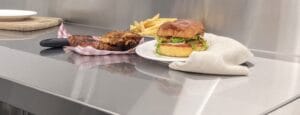
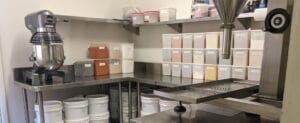
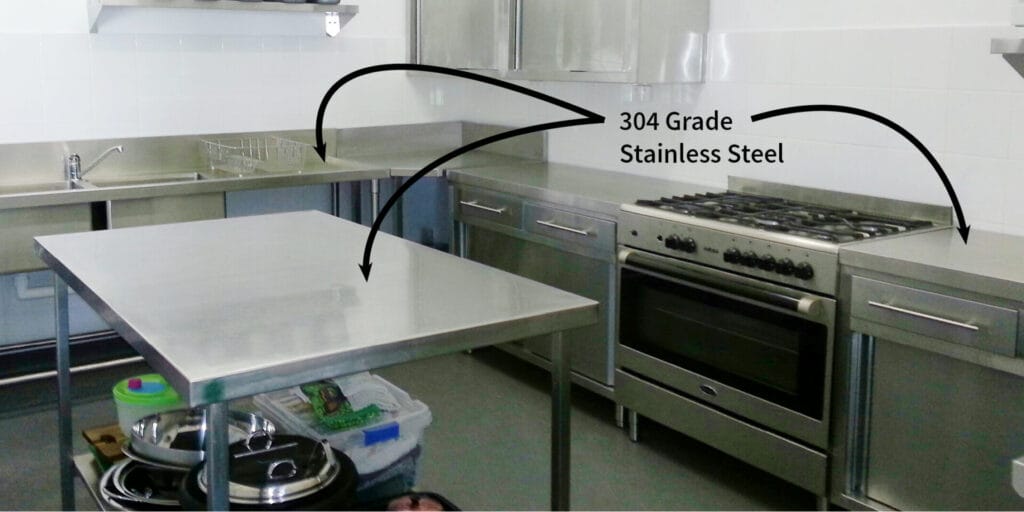
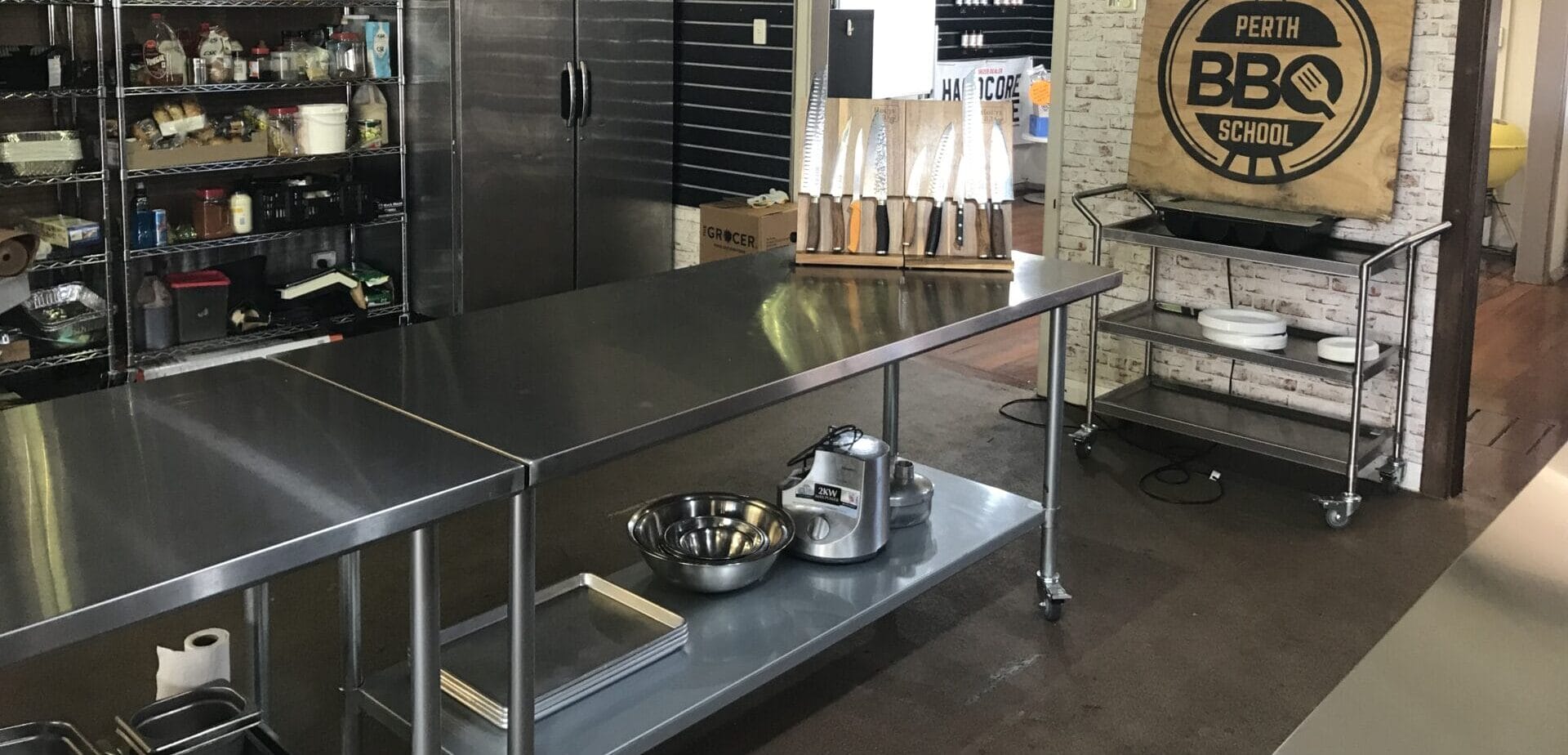
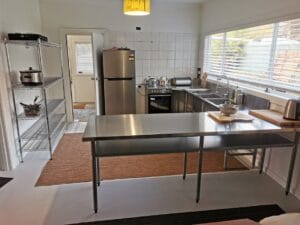
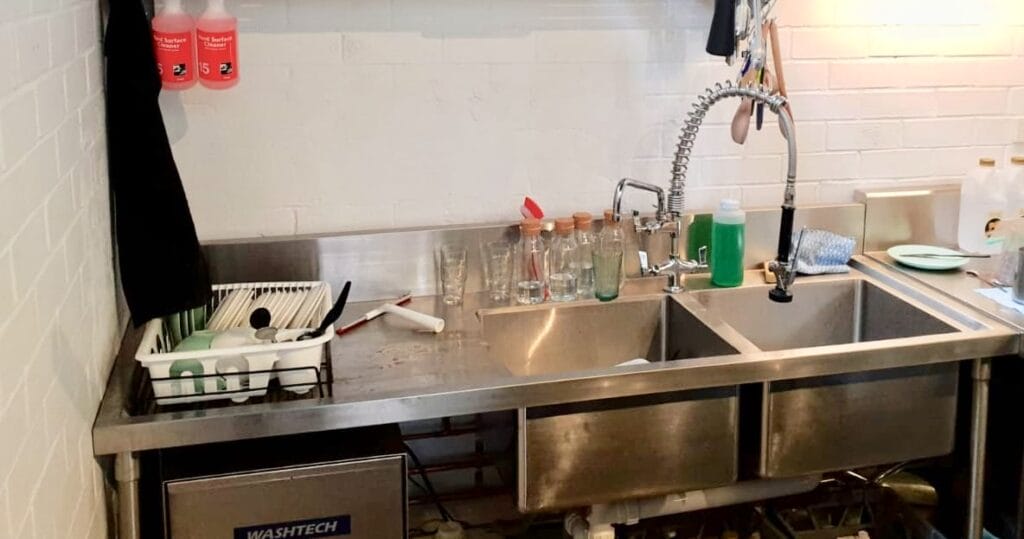 You’ve got options, some can be found right in your very own kitchen. Always test a small, inconspicuous rusty spot on your stainless steel appliances or surfaces before moving on to larger surfaces. You want to ensure the
You’ve got options, some can be found right in your very own kitchen. Always test a small, inconspicuous rusty spot on your stainless steel appliances or surfaces before moving on to larger surfaces. You want to ensure the 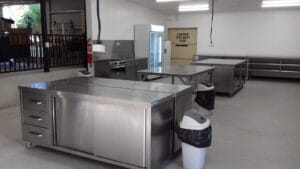 Embarking on a rust-removal quest feels a bit like being a kitchen superhero. But even superheroes have to play by the rules to avoid turning their powers against them.
Embarking on a rust-removal quest feels a bit like being a kitchen superhero. But even superheroes have to play by the rules to avoid turning their powers against them. Learning how to remove rust from stainless steel is an invaluable skill. However, choosing top-grade stainless steel is the best way to prevent rust from building up in the first place.
Learning how to remove rust from stainless steel is an invaluable skill. However, choosing top-grade stainless steel is the best way to prevent rust from building up in the first place. 

 20 years ago, I ordered the first container of stainless steel benches and Brayco was born.
20 years ago, I ordered the first container of stainless steel benches and Brayco was born. The result of all this? Each year now, we expect to sell over 24,000 shelving units, over 50,000 benches, sinks and cabinets and 60,000 chairs. That’s a lot. Hard to visualise, but let’s give it a go..
The result of all this? Each year now, we expect to sell over 24,000 shelving units, over 50,000 benches, sinks and cabinets and 60,000 chairs. That’s a lot. Hard to visualise, but let’s give it a go.. Let’s put all the benches together that you guys have bought in one long line to form the longest bench. If we started building it on the outskirts of Auckland, then it would wind its way down the coast and end up somewhere in the middle of Hamilton. The bench would be 255,000 metres long. That’s quite a big bench. And we’d need a lot of butter. And a lot of people. And let’s hope there isn’t a shortage of lettuce when we do it.
Let’s put all the benches together that you guys have bought in one long line to form the longest bench. If we started building it on the outskirts of Auckland, then it would wind its way down the coast and end up somewhere in the middle of Hamilton. The bench would be 255,000 metres long. That’s quite a big bench. And we’d need a lot of butter. And a lot of people. And let’s hope there isn’t a shortage of lettuce when we do it.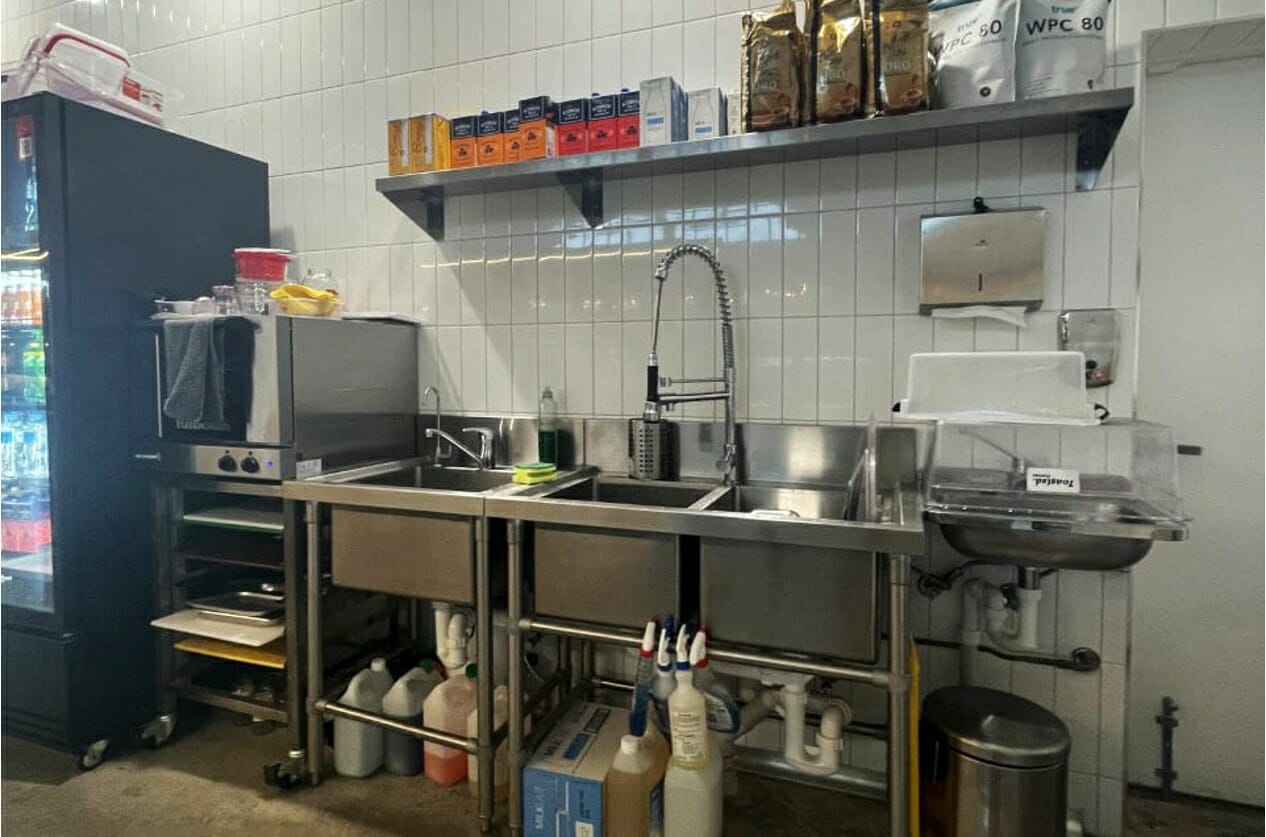
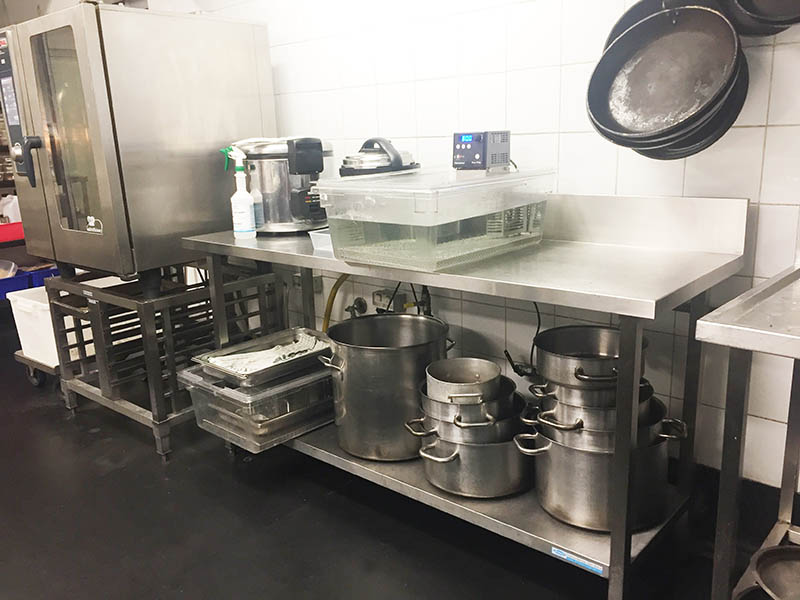

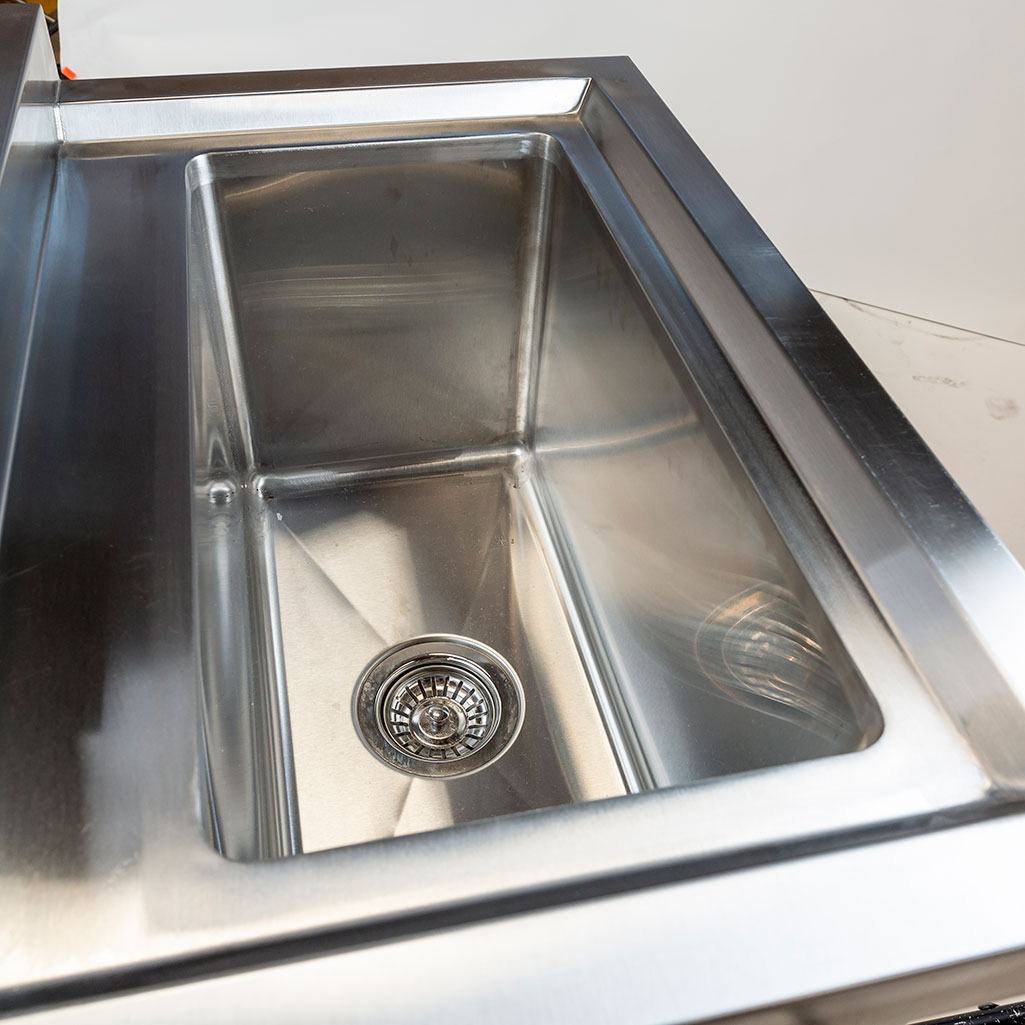
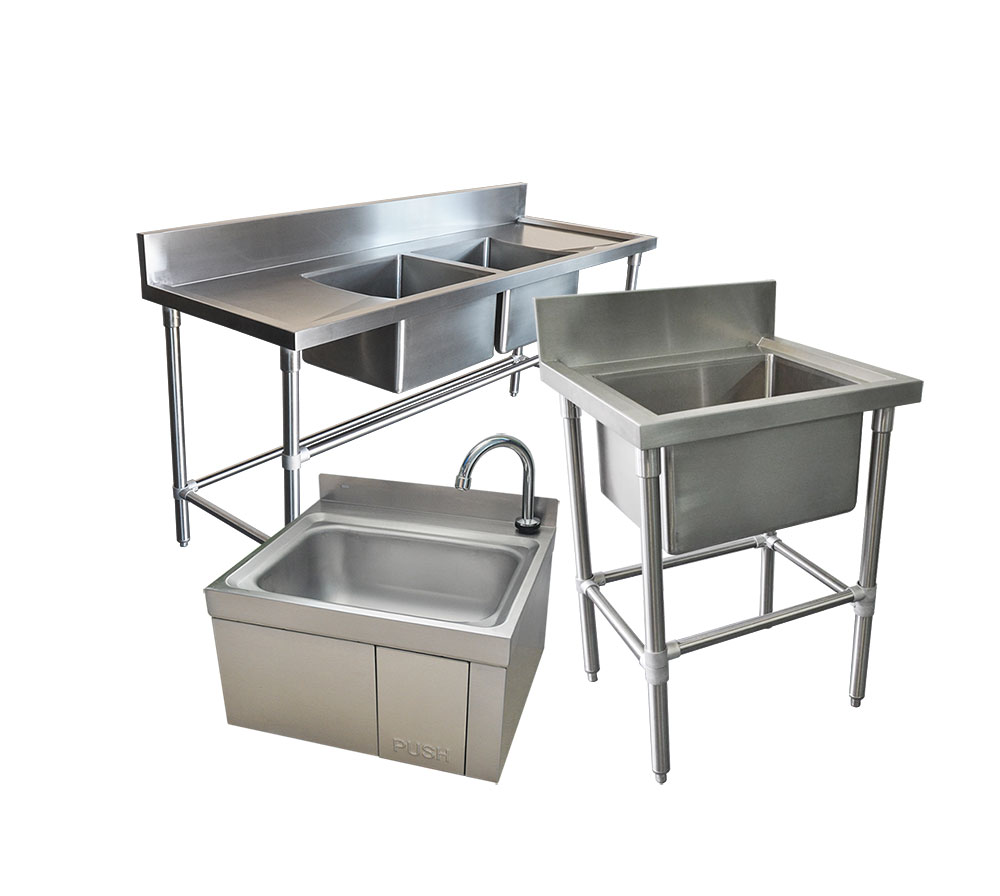
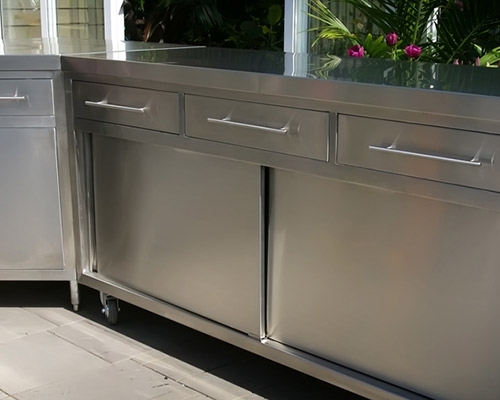

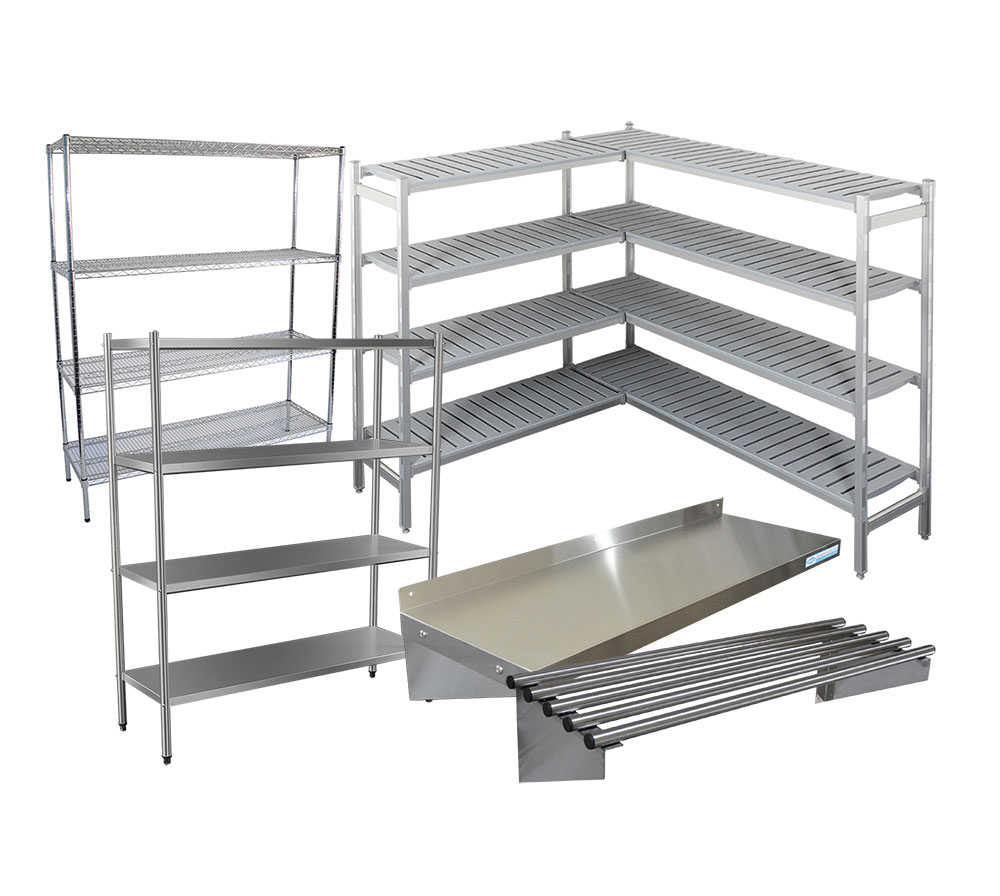
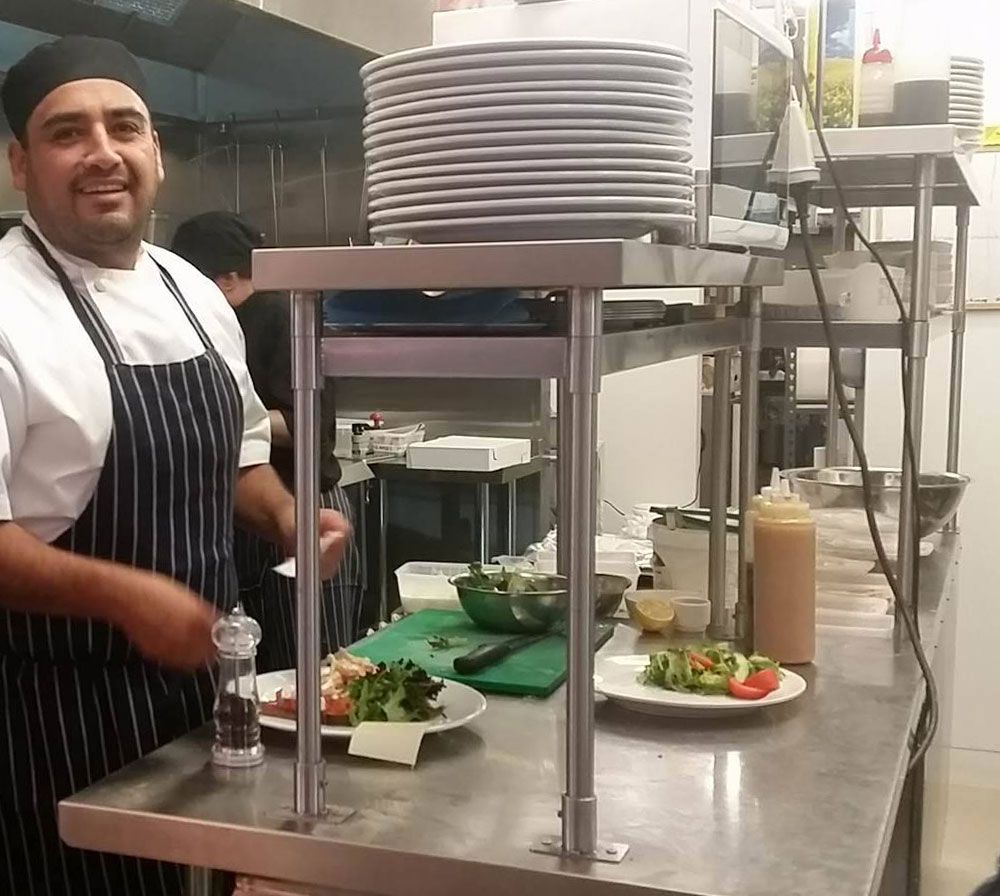



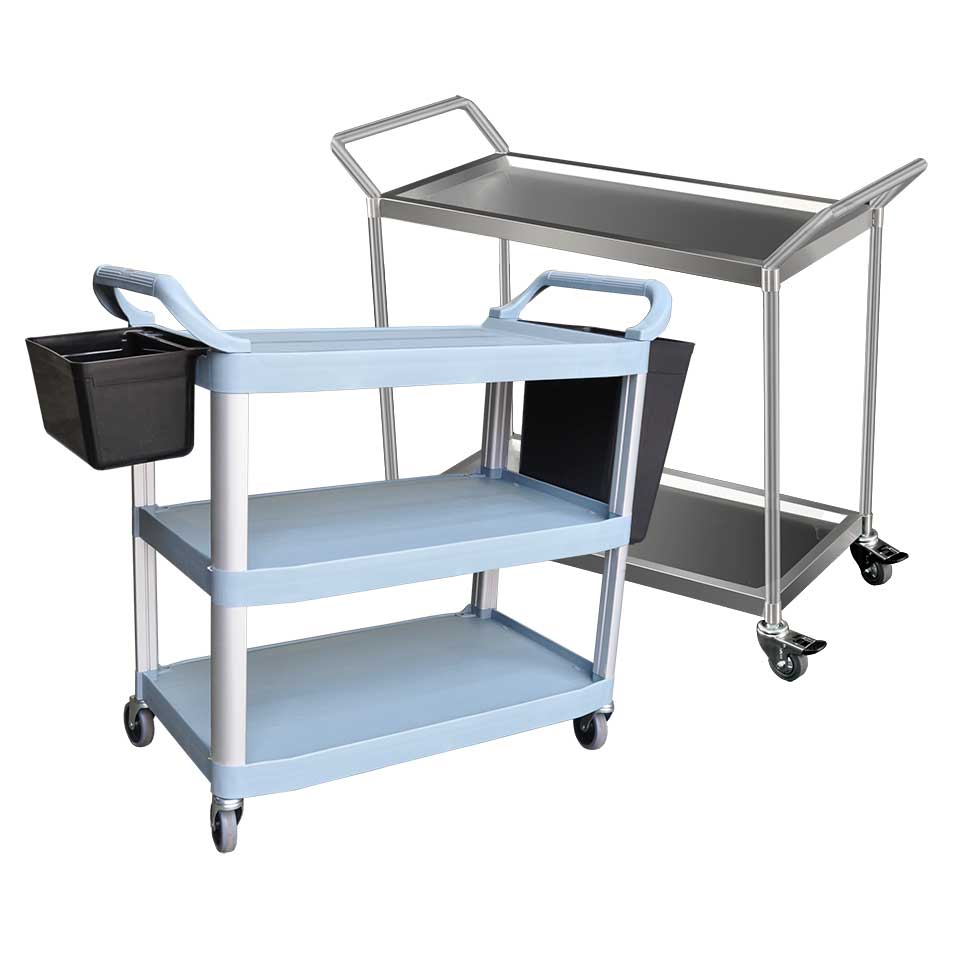
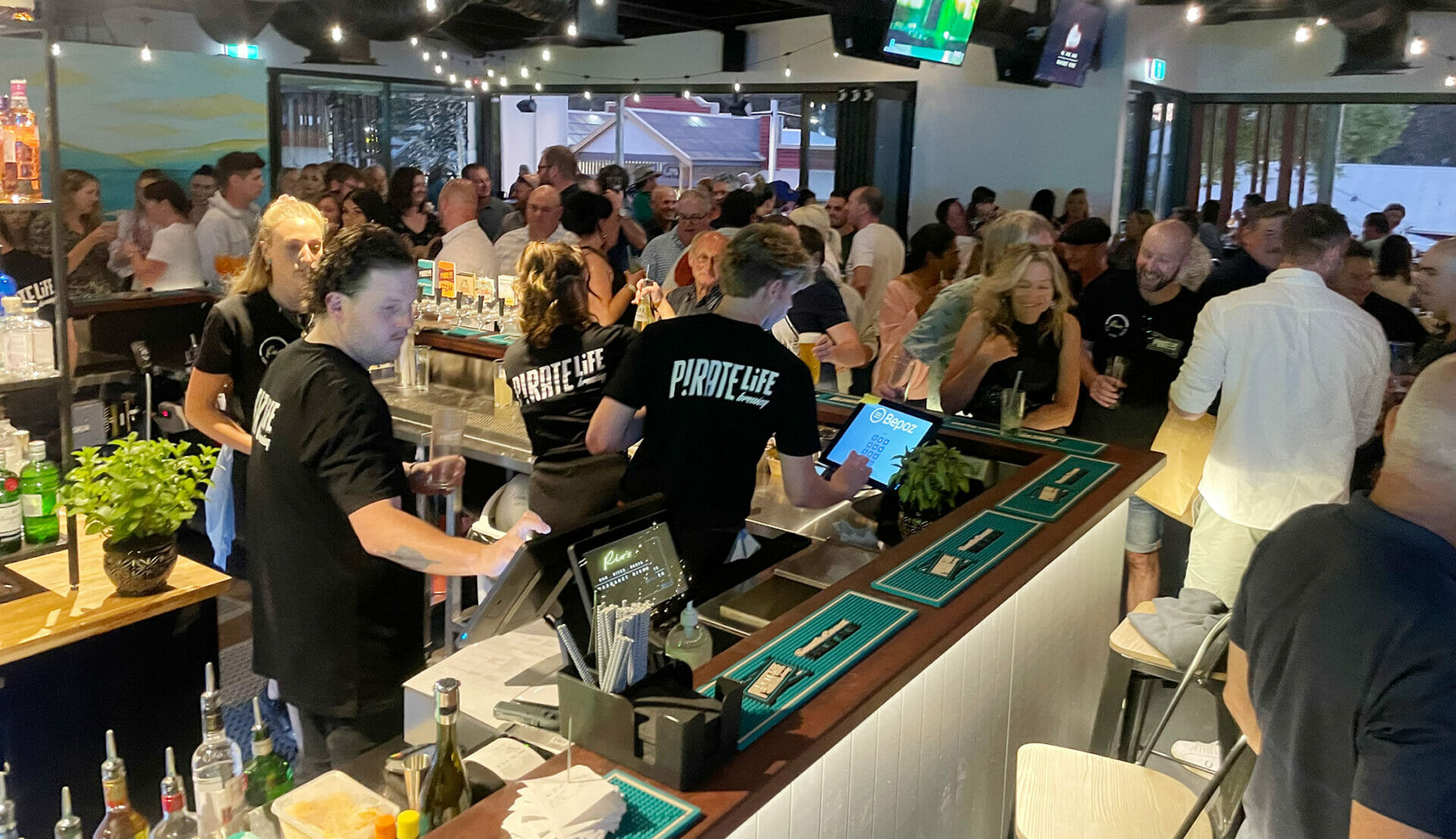

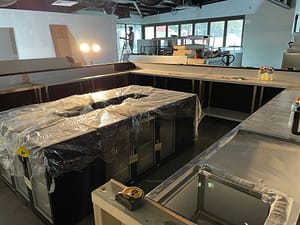

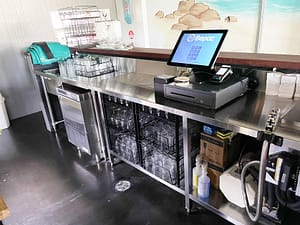

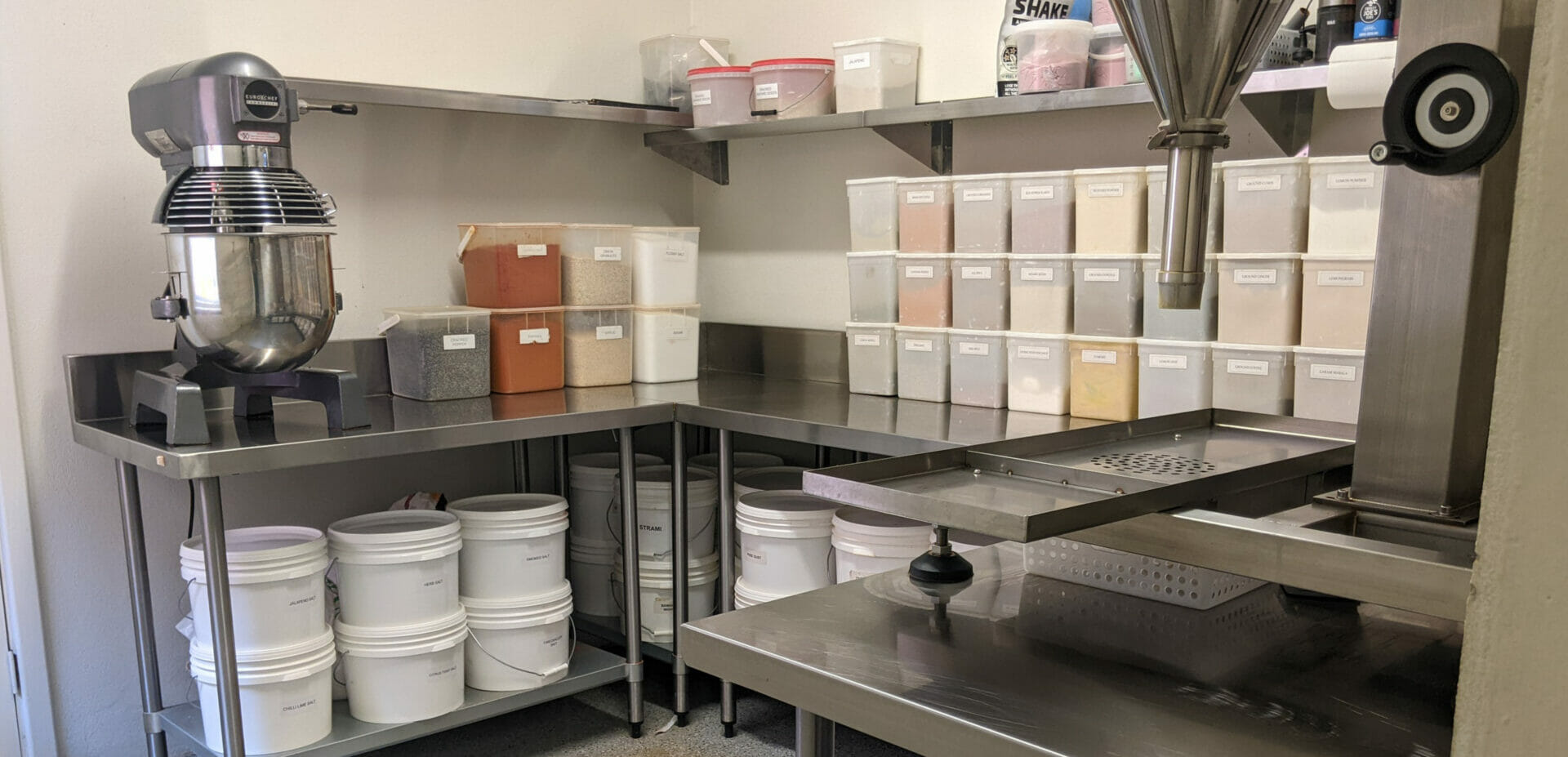


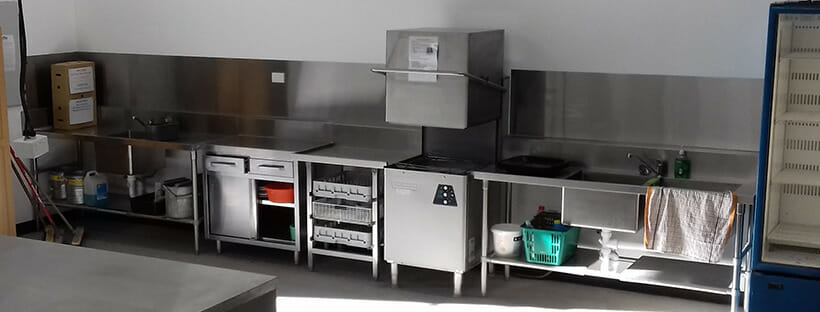
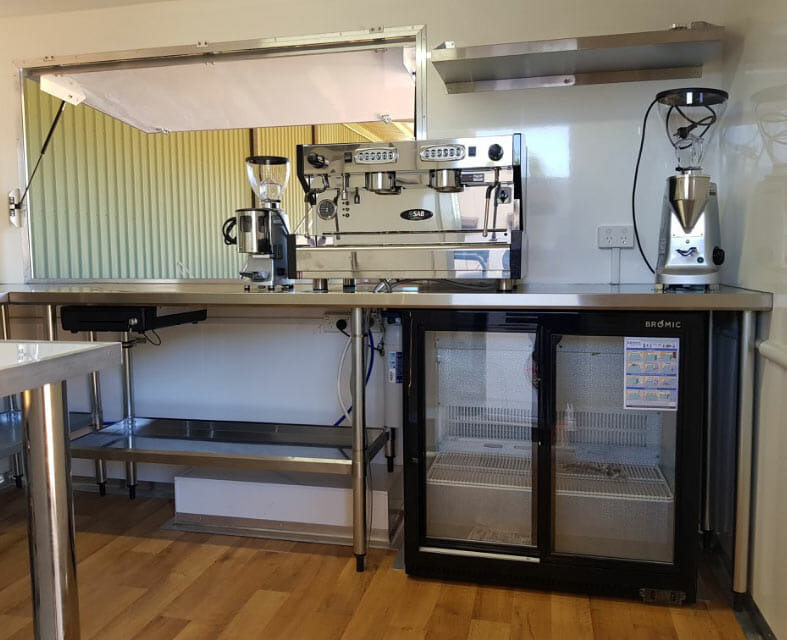

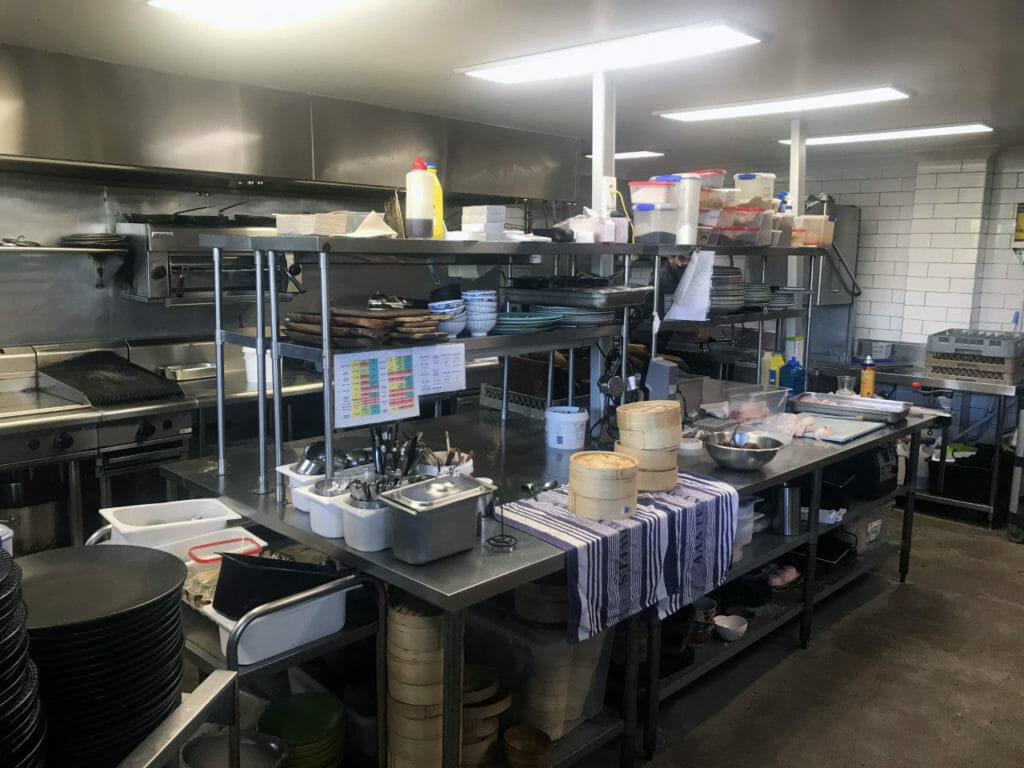
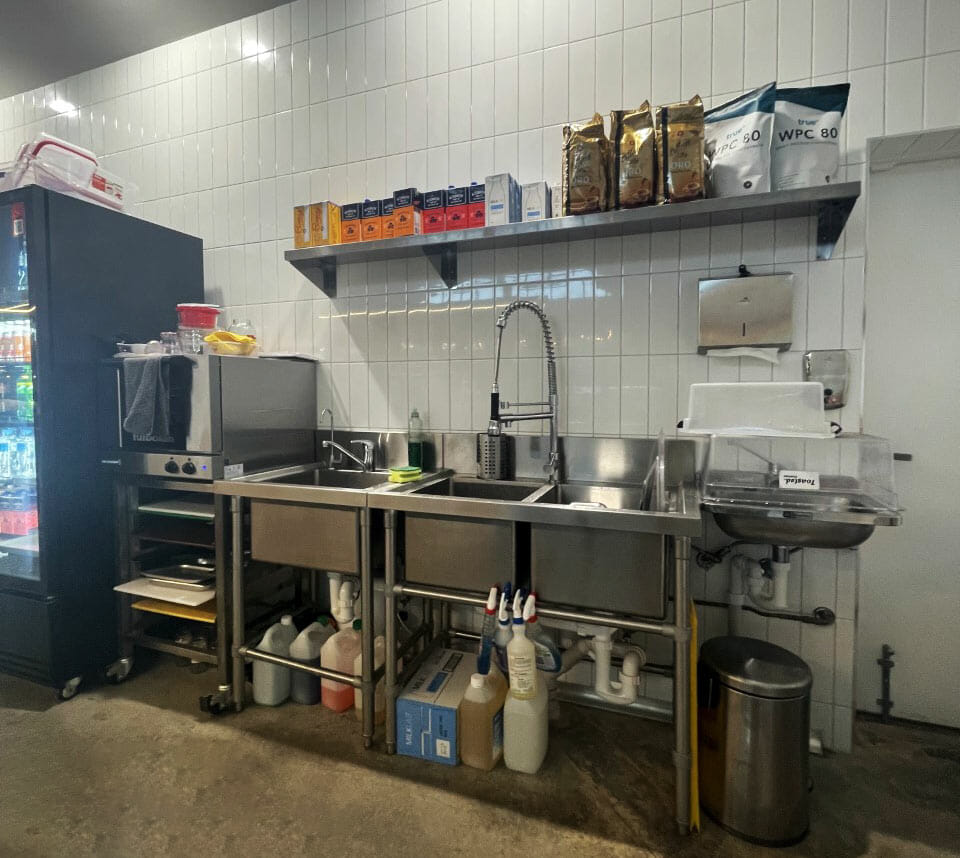

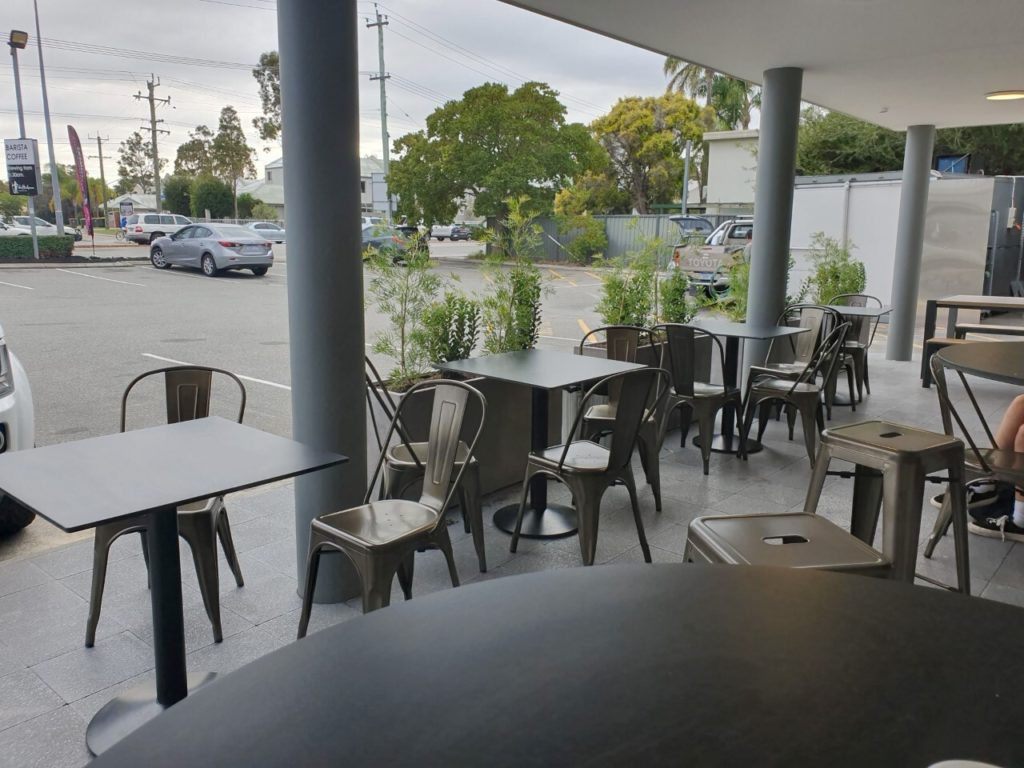

 Chrome Wire Shelving
Chrome Wire Shelving 


